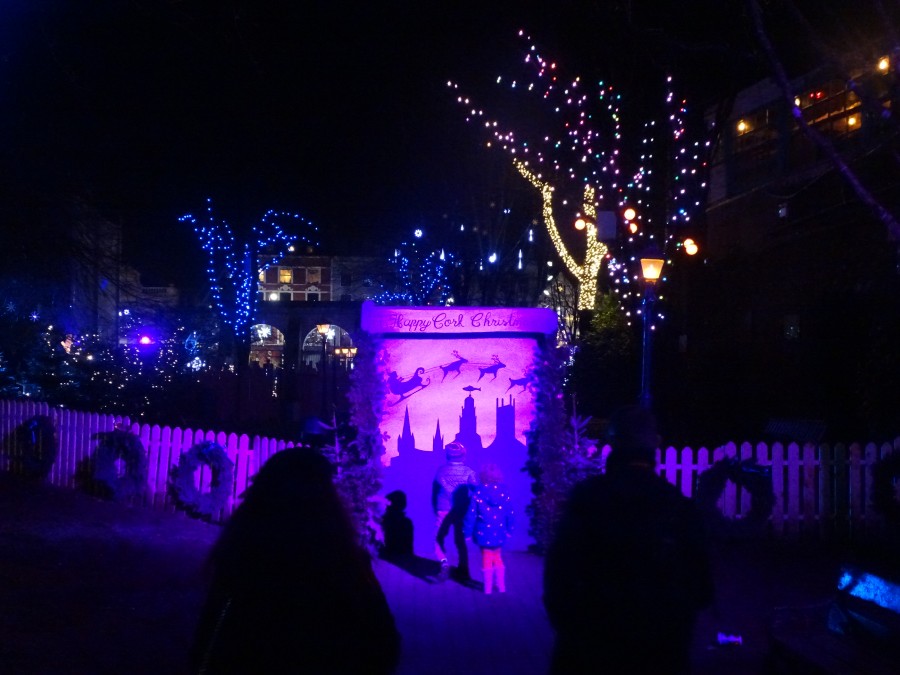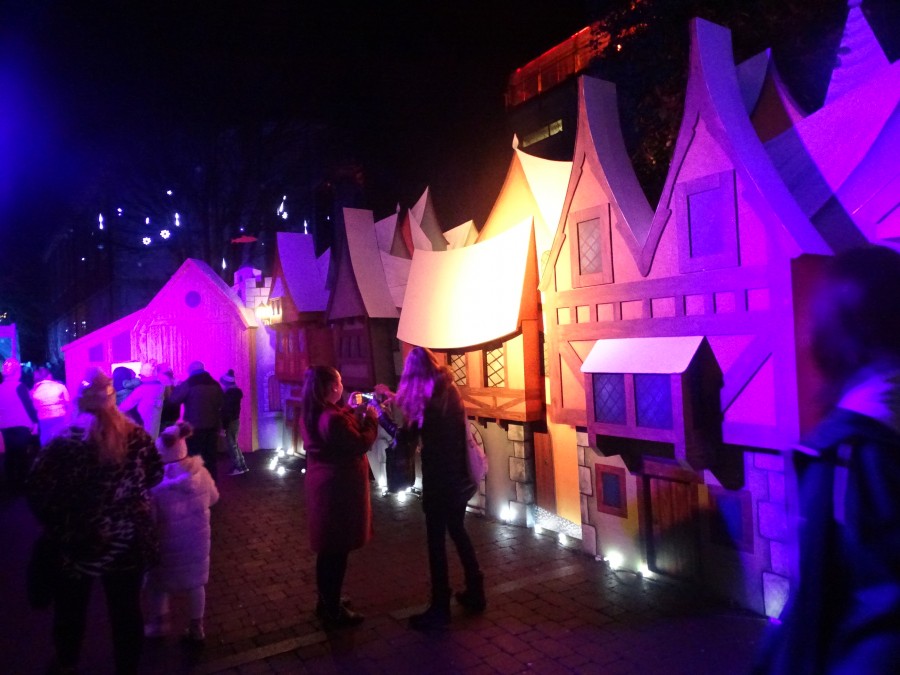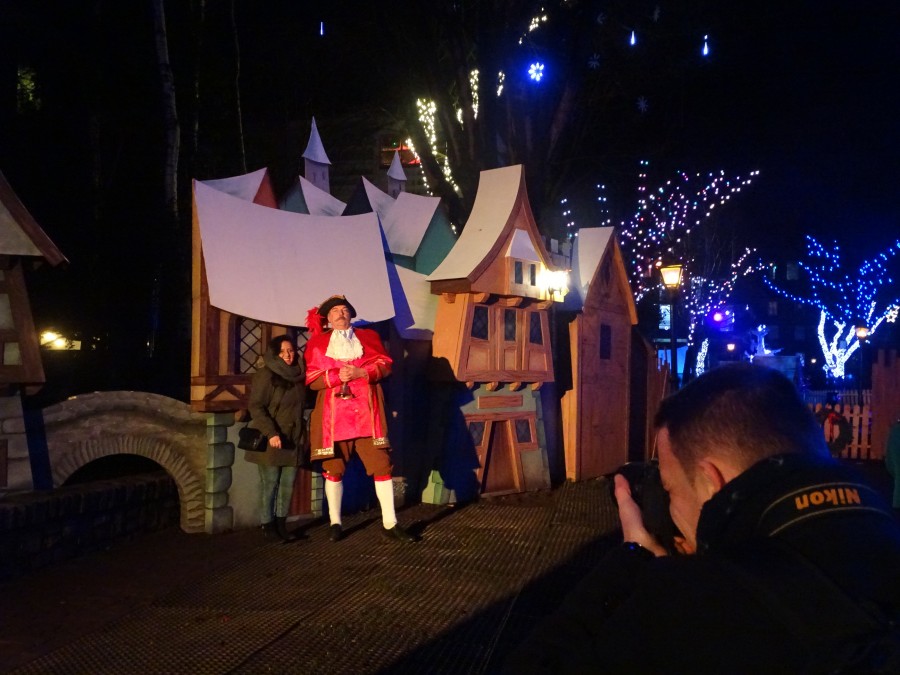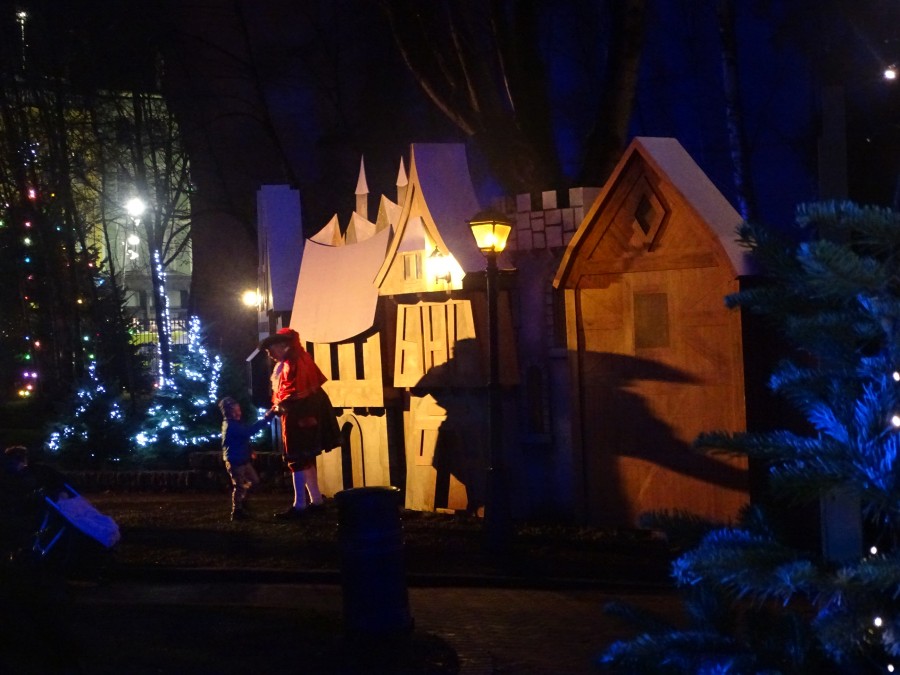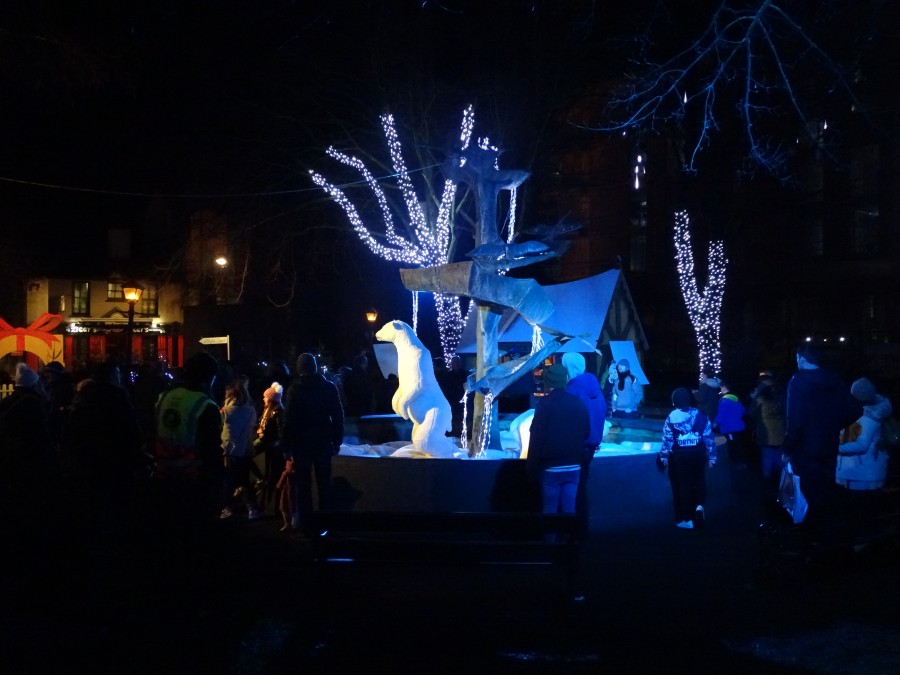Press Release:
Independent Cllr Kieran McCarthy has called for the pedestrianisation of the Marina on Sundays from the Atlantic Pond to almost Blackrock Village.
“The four weeks in October whereby almost 60 per cent of the walkway was pedestrianised has shown that there is public support for the initiative. The play areas on the road added to the enjoyment of the space by families. Great credit is due to local volunteers who manned such areas and traffic barriers. The calm weather of October brought hundreds of people out to experience the Marina in a different light whereby people could enjoy the space without the cars passing through”.
Cllr McCarthy, who gave a historical walking tour along the Marina as part of the pedestrianisation project, highlights that the potential to create other activities such as history walks and nature walks is quite high; “It is an area with a rich cultural and natural heritage, elements of which could be further mined. Part of The Marina began its life as a dock for shops called the Navigation Wall in 1761. You also can view the enigmatic sixteenth century Dundanion Castle from the Marina and the gorgeous Blackrock Castle as well as reclamation projects such as the Atlantic Pond from the nineteenth century and railway projects such as the Cork Blackrock and Passage Railway Line. Add in elements such as the story of the rowing clubs and one gets a rich kaleidoscope of stories and memories”.
“In the last few weeks, I have had sustained correspondence by constituents in Ballintemple and Blackrock to move the project of pedestrianisation. There was a recent debate in the Council Chamber whereby the sentiment expressed by the Directorate of Recreation and Amenity is of support but to tie the pedestrianisation to the development of Marina Park. Knowing the timeline of Marina Park is one of a 5-10 year strategy, momentum could be lost with the Marina project. It is my intention to keep the pressure on officials to answer the calls in the short terms from constituents for part pedestrianisation on a Sunday, in line with the methodology developed during October’s Sunday closures”.
For more up to date news on Kieran’s ongoing work and lobbying, check out his new Facebook page, Cllr Kieran McCarthy.
